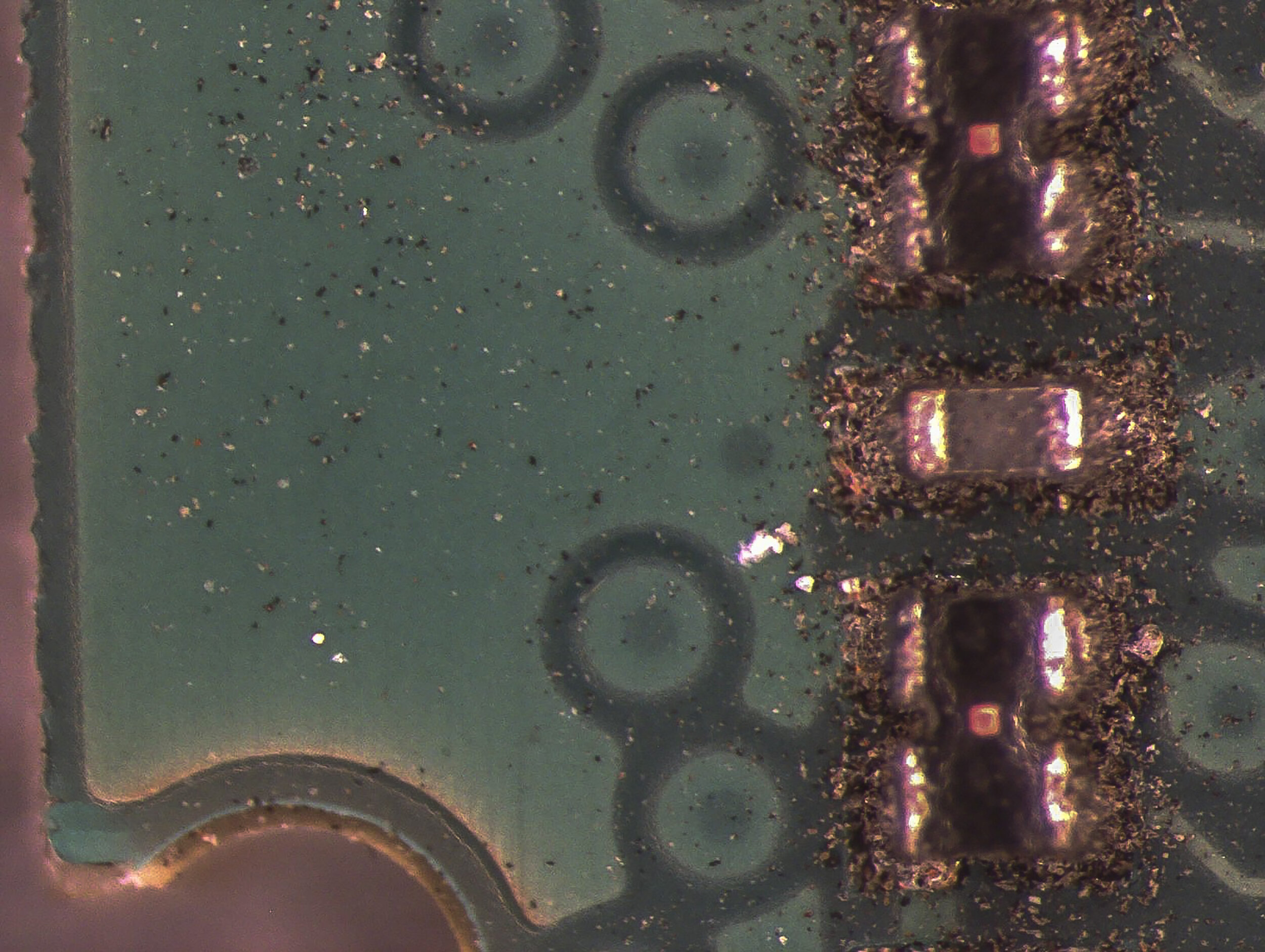Could You Be Cooling AND Contaminating Your Electronics?
The choice of whether or not to filter the incoming cooling air in data centers or stand-alone electronic devices is a decision that can significantly affect the long-term reliability of your electronics. Naturally-occurring, airborne particulates can contain compounds that can contribute to surface parasitic current leakage, corrosion, and electro-chemical migration in unprotected circuits.
Why Worry About Air Quality?
There can be considerable differences in airborne contaminants based on geographic location. For example, sand/silt contaminants in sea coastal areas can have significantly different levels of ionics than airborne contaminants in arid climates. Common airborne ionic contaminants containing chlorine, sulfur, sodium, and calcium, in sufficient concentrations, are known to have deleterious effects on electronic assemblies.
Beyond geographic variability, proximity to other industries can greatly impact the quality of incoming air. Salt production facilities, metalworking facilities, and coal-fired power plants are examples of contamination sources that can wreak havoc on nearby air-cooled electronics.
Material Considerations
Decisions in the earliest stages of the design process can affect the robustness of an air-cooled electronic assembly. For example, a smooth solder mask is less likely to entrap particulate contamination on a PCB than a rough, porous solder mask. The impact of flux selection on long-term cleanliness and reliability should also be considered - probe-able no-clean flux residues can remain tacky many months after they have been through a reflow process.
No-clean fluxes that are not fully processed during reflow, can remain in a tacky state, absorbing ambient moisture and increasing the risk of corrosion or electro-chemical migration issues, especially when exposed to contaminated cooling air.
Heavy Residue on an Actively Air-Cooled Device (Unfiltered)
Mitigation
Simply adding an intake filter to an existing air system may not resolve airborne contamination issues. The solution should be an approach which includes:
Knowledge of the hardware and associated materials that are exposed to the cooling environment
An understanding of the air purity challenges at the specific installation site, which aids in striking the right balance between filtering efficacy and air flow restriction
A monitoring system or PM schedule to evaluate filter loading and replacement intervals
CFD modeling to balance the air-flow in a given application for a given environment.
Conclusion
Applications of electronic hardware in actively air-cooled environments should include an understanding of the incoming air quality and the potential impact that airborne contaminants may have on the device. Installation sites just a few miles apart can have widely variable air quality attributes, depending upon geographic considerations, as well as proximity to airborne contaminant sources. Uncontrolled incoming air quality can especially have significant adverse effects on high-reliability electronics, leading to premature failure.

